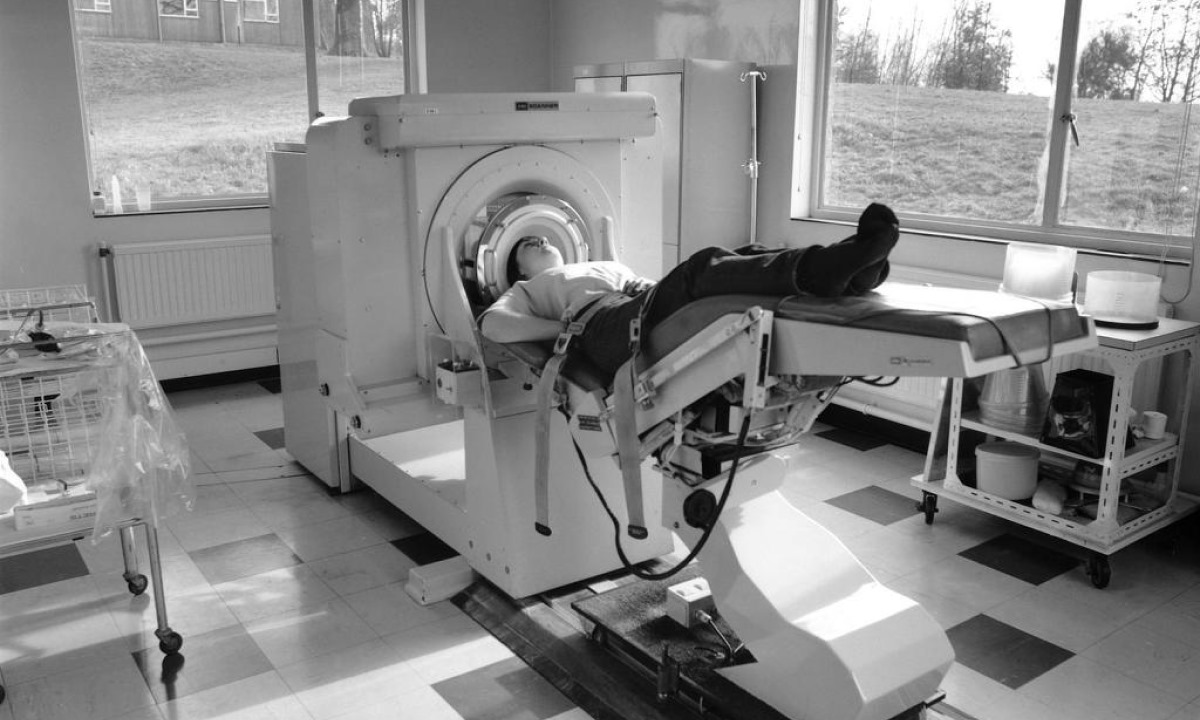Introduction
Positron Emission Tomography/Computed Tomography, or PET/CT, is a cutting-edge medical diagnostic tool that stands out. PET/CT has changed how cancer is managed because of its exceptional capacity to provide metabolic and anatomical data. This blog explores the many advantages of PET/CT imaging, including how it affects cost-effectiveness, diagnosis, staging, therapy monitoring, and recurrence detection.
Early Diagnosis and Detection
The dual method of imaging that PET/CT uses is what makes it unique. Traditional anatomical techniques like CT or MRI cannot detect disease areas as early as the metabolic features of tissues can. This early identification allows cancer diagnosis in its early stages when treatments are most successful. Furthermore, PET/CT is excellent at classifying lesions, allowing accurate identification.
Defining Staging
Staging is crucial in the complex web of cancer treatment. Because of its exceptional sensitivity, PET/CT is essential for determining the likelihood of metastatic spread. It allows doctors to precisely choose the existence, location, and size of distant metastases using whole-body scans, enabling them to develop treatment plans tailored to each patient’s particular circumstances. Consequently, treatment plans are altered in light of better data, improving patient outcomes.
Choosing a course of action and assessing its efficacy
PET/CT can keep up with the needs of cancer therapy, which is a dynamic process. With real-time data, PET/CT provides clinical guidance by tracking therapy efficacy. As a result, their ability to quickly alter treatments increases the probability of success. Furthermore, the use of PET/CT in assessing chemotherapy response guarantees that choices for the continuation or modification of treatment regimens are well-informed. A key benefit of PET/CT is the assurance with which these choices may be made.
Monitoring on a regular basis
The possibility of recurrence lurks after remission. The winner in this circumstance is PET/CT. Its unparalleled ability to identify duplication guarantees that any early warning symptoms are identified, enabling prompt action. This proactive strategy enhances results by allowing quick, focused therapy. Following therapy, a negative PET/CT scan gives doctors and patients confidence and precise information to proceed.
Affordable Precision
It is essential to acknowledge the financial side of healthcare, and the versatility of PET/CT helps with cost-effectiveness. It eliminates the need for several procedures by delivering all the information in one exam. This lessens the financial load and lowers the hazards related to intrusive treatments. Additionally, the capacity of PET/CT to direct therapy ensures that resources are distributed effectively, increasing the likelihood of success.
Enhancing a First Workup
The advantages of PET/CT are most significant during the first assessment. It acts as a diagnostic compass, facilitating the localization of the cancer location, estimating the size of the tumour, and identifying benign from malignant growths. It becomes a vital tool for choosing the best therapies because of its unrivalled ability to identify metastases. Furthermore, by tracking the effectiveness of treatment and spotting recurring cancers, PET/CT keeps demonstrating its value.
Conclusion
PET/CT is a leader in cancer and a shining example of advancement. Its capacity to combine anatomical and metabolic data has revolutionized cancer treatment. PET/CT provides a complete solution, from early diagnosis and accurate staging to assisting in therapy selection and tracking recurrence. By eliminating pointless operations and improving treatment methods, this technology not only prolongs life but also enhances its quality. PET/CT continues to be a crucial ally in the fight against cancer, illuminating the way for more successful, precise, and effective treatments.






